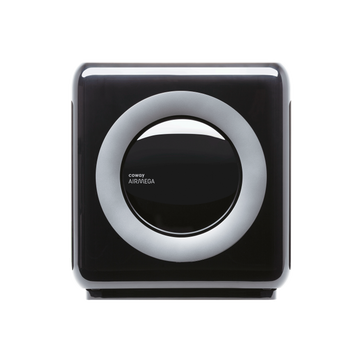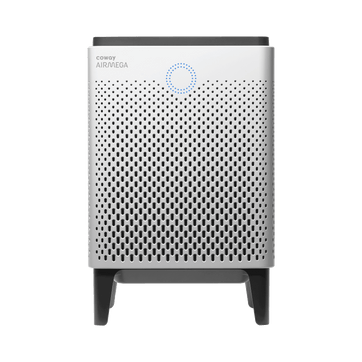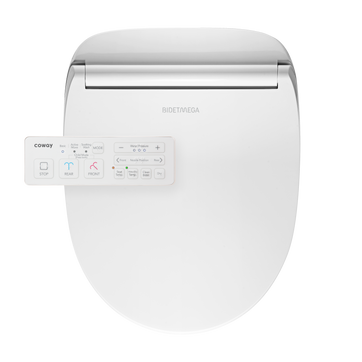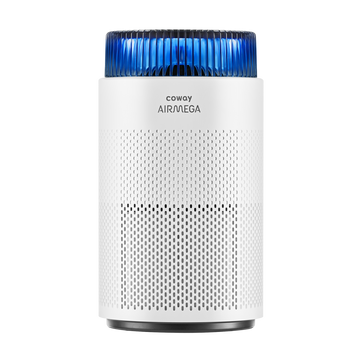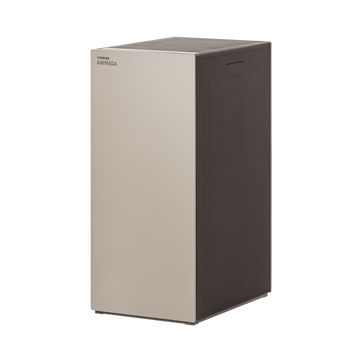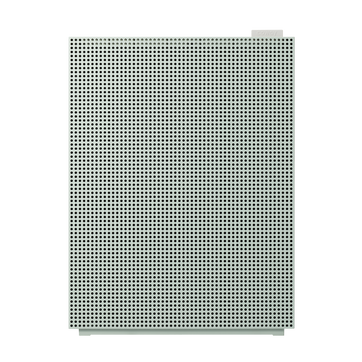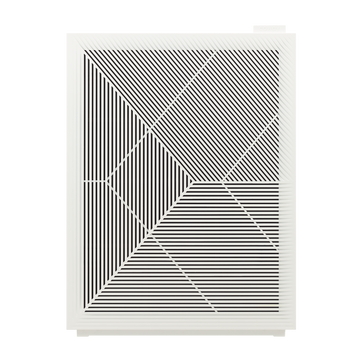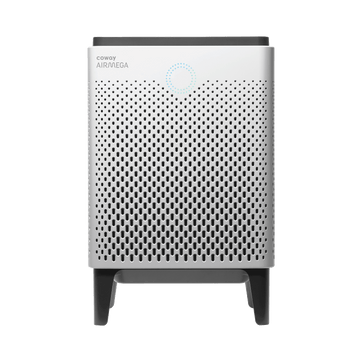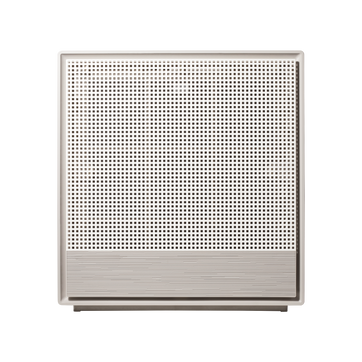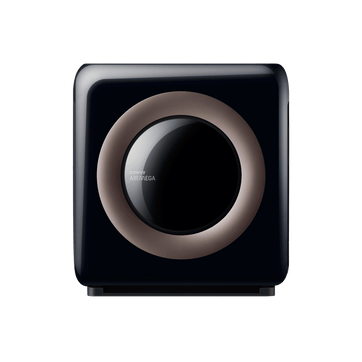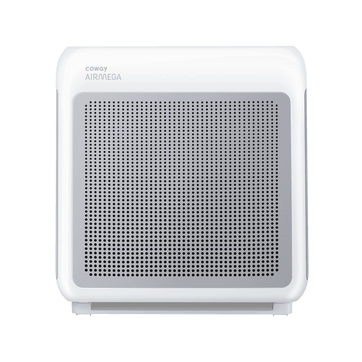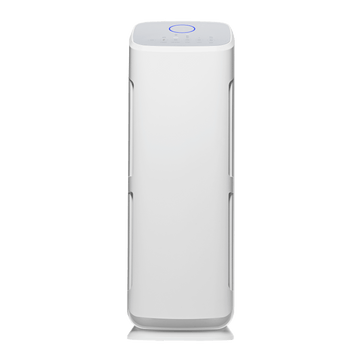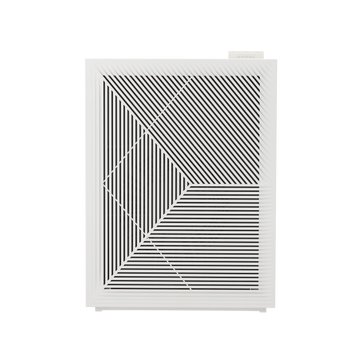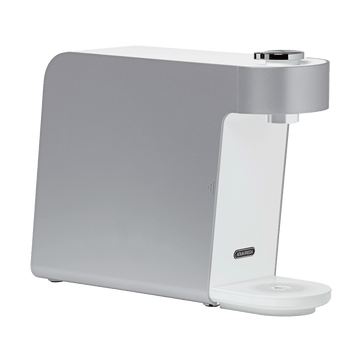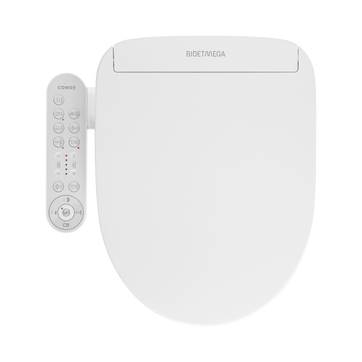
How to beat the air-quality heat this summer
Let’s start with a couple givens: Working out is good for your health, and air pollution is bad for your health. What we may not realize, however, is that exercise can make the effects of pollutant exposure worse. At rest, the average adults takes 15-to-20 breaths per minute, but during exercise that number can reach as high as 50 breaths per minute, meaning we’re taking in more air (and more pollutants).
Staying fit while protecting your health is a balancing act no matter what, but exercising in the summer comes with its own set of challenges. Hotter air can help pollutants linger and build up during the day, making outdoor workouts tough to muster. At the same time, moving indoors into climate-controlled gyms can increase pollutant exposure, too.
The risks threaten to outweigh the rewards: Research has linked low air quality to health issues including asthma, high blood pressure, and cognitive impairment, among other conditions. Studies have even connected high pollution levels to decreases in athletic performance. A recent German study, for example, found that soccer players are less “productive” (i.e. that they make fewer passes) when particulate matter levels are high.

But skipping the workout altogether isn’t the answer. Here’s how to master what might seem like a no-win scenario.
Mind the Air Meter
Plan your workout a day in advance using the air quality forecast at the Environmental Protection Agency’s (EPA) airnow.gov tracker. For generally healthy individuals, if readings reach the “Code Red” or “unhealthy” range, it’s best to remain indoors. Asthma sufferers, the elderly, and other at-risk groups should forego outdoor activity when the air quality reading hits the orange “unhealthy for sensitive groups” level.
Be a Morning Person
Air quality generally takes a nosedive in the summer, when prolonged heat and sunlight make the air stagnant. Pollutants tend to hang out and build up as the day wears on. That’s why the EPA recommends people limit their outdoor activities to early mornings, before ozone and other pollutants accumulate. Do your best to avoid working out during rush hour, when pollution levels spike, and steer clear of major roadways whenever possible.
Give Your Gym the Sniff Test
Expecting a gym to smell spring-time fresh is a tall order, but researchers have warned that certain odors might indicate air-quality trouble. A 2014 study of European gyms published in the journal Building and Environment found levels of airborne dust, formaldehyde, and carbon dioxide in excess of what’s considered healthy. A stale or chemical smell might indicate a poorly ventilated space, researcher Carl Ramon told The New York Times; gym-goers should talk to the manager about assessing the air quality, checking ventilation, and choosing natural cleaning products.
Understand the Value of Exercise
Though experts agree that going for a jog on “red alert” days or in high-pollution centers like Delhi or Beijing isn’t the best plan, exercising outdoors in less- or moderately-polluted areas may not be so bad. A 2015 study published in the journal Environmental Health Perspectives found that working out may help negate the negative impact of pollution. Of the 52.000 study participants, those who exercised regularly experienced greater longevity than those who didn’t, despite their air pollution exposure.
Disclaimers
1Coway air purifiers have been proven to trap dust, pollen, dander, viruses and bacteria in the air based on KCL (Korea Conformity Laboratories) testing.They have been tested in a 30㎥ size chamber according to the Korea Air Cleaning Association standard (SPS-KACA 002-132:2022 Modified) to measure the 0.01㎛ size of particle removal rate. It was tested on maximum airflow speed in normal room temperature and humidity conditions. The performance may vary in the actual living environment of customers.
→ Tested with Airmega Aim, 100, 150, 160, AP-1216L, AP-1512HH, AP-1512HHS, 200M, Icon, IconS, 230, 240, 250, 250 Art, 250S, 300, 300S, 400, 400S, ProX
299.97% of viruses, bacteria, fungi and pollen were verified to be removed from the air for Coway air purifiers which have Green True HEPA™ filter applied based on the Japan Food Research Laboratories(JFRL) testing according to JEM 1467 standard.
→ Tested with Coway Airmega AP-1512HH, AP-1512HHS, 250, 250 Art, 250S, 300, 300S, 400, 400S
→ All tested by JFRL and received above result within below time.
All tested by JFRL and received above result within below time.
- Virus: Tested with Escherichia coli phage ΦX174 NBRC 103405, 60 minutes
- Bacteria: Tested with Staphylococcus epidermidis NBRC 12993, 60 minutes
- Fungi/Mold: Tested with Penicillium citrinum NBRC 6352, 60 minutes
- Pollen: Tested with Cedar Pollen extract, 60 minutes
3Aerosol test conducted in a Biosafety level 3 laboratory with two Coway air purifier models, Coway Airmega 250 and 400 for removal of SARS-CoV-2 Aerosol by US based MRI Global, a not-for-profit laboratory and partner of US Department of Defense. The test was conducted in a 13.1ft3 chamber. Virus was aerosolized for 15 minutes and the product was turned on high for 2 minutes. Result showed each product effectively removed over 99.98% of the SARS-CoV-2 in 2 minutes. This is a result from a laboratory experiment condition and result may vary in different conditions. This result does not imply it kills SARS-CoV-2 or prevents the transmission of Covid-19. Coway Airmega 250S and 400S are identical to the tested models and has equal performance with an additional mobile connectivity function.
4The concentration of ammonia, acetaldehyde and acetic acid were proven to be removed within 30 minutes by FCG Research Institute, Inc. Human Life Science Lab. It is not a demonstration result in the actual use space. Not all odors and gases may be supported. → Tested with Coway Airmega 150, 160, AP-1512HH, AP-1512HHS, 400, 400S
5The coverage area of the air purifier is based on an area where the air cleaner can make two air changes per hour (ACPH). An air change per hour translates to how many times an air purifier can clean an area, assuming the height of a ceiling to be 8 ft, in one hour. Therefore ** means two air changes per hour means that the cleaner can clean the area once every 30 minutes and * means air changes per hour means that the air purifier can clean the area once every 60 minutes.
10Terms and conditions apply. Discounts, including promotions, coupons, bundle discount and subscription discount, cannot be stacked on top of other coupons. During promotional periods, discount codes will not be able to be applied to orders. Promo codes may apply to products only—filters, accessories, and new products within 3 months of the release date are not included.
